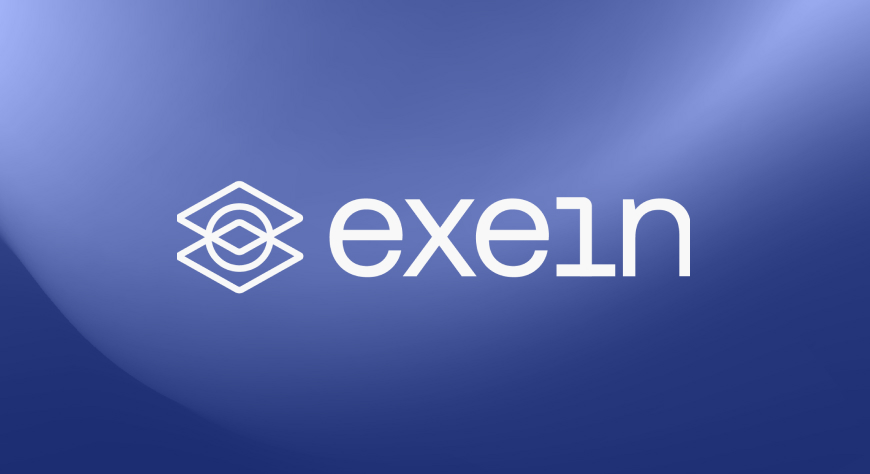Partnering With
Paradigm-Shifting
Machine Intelligence
Companies
We support the builders shaping our future.
Discover Portfolio
We partner with exceptional founders who are leading the global transformation powered by machine intelligence.
We empower visionary teams to scale globally and redefine industries.
Intrepid Portfolio Companies
We support the builders of the future.
Strategic Partner
We provide more than capital—we deliver the insights, experience, and support for founders to scale effectively.

Machine Intelligence Expertise
Our focus is on growth-stage companies leveraging machine intelligence to drive transformative change.

Global Perspective
Positioned across North American and Europe, with deep ties to the Middle East and Asia, we bridge innovation and global opportunties from our offices in Toronto and London, two of the world's leading hubs for machine intelligence.

Experienced Minds, Bold Ambition
We are an experienced team of globablly recognized investors, operators and researchers dedicated to backing paradigm-shifting companies in machine inelligence.
The Intrepid Team







.avif)


.avif)
